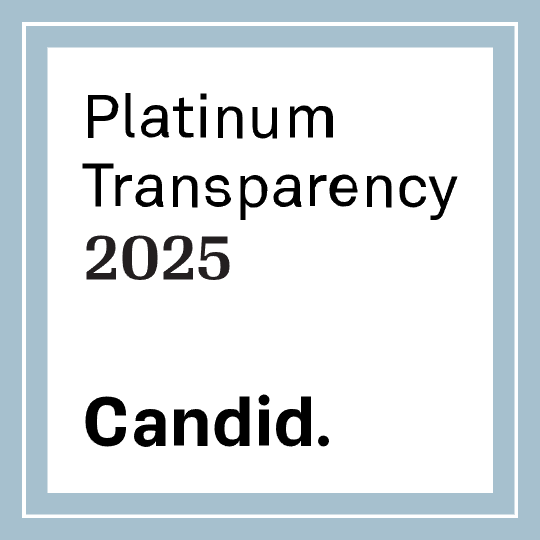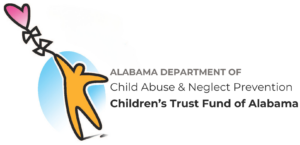“Everything in moderation, including moderation.”
 The above message is a simple directive: find a balance somewhere in between abstaining and bingeing. Practicing moderation, on the other hand, is a difficult process that is often not clearly-defined. As I look through the lens of addiction and compare moderation with abstinence, I see mostly gray area. For many struggling with addiction, abstinence is the chosen pathway and humans have had over a century of experience trying to perfect abstinence-based approaches. But we’ve also had millennia to mess it up with trial-and-error. What all have we learned?
The above message is a simple directive: find a balance somewhere in between abstaining and bingeing. Practicing moderation, on the other hand, is a difficult process that is often not clearly-defined. As I look through the lens of addiction and compare moderation with abstinence, I see mostly gray area. For many struggling with addiction, abstinence is the chosen pathway and humans have had over a century of experience trying to perfect abstinence-based approaches. But we’ve also had millennia to mess it up with trial-and-error. What all have we learned?
I’ve worked in treatment settings where abstinence is the mission and I know firsthand how difficult yet rewarding it can be for people in sobriety maintenance to abstain from substances. Often, I would hear the stories of people in long-term recovery who advocated for abstinence and encouraged others to surrender to the program laid out in the 12 Steps. It’s undeniable how effective some abstinence-based approaches are for many who desire sobriety. Harm reduction approaches were not discussed often in those settings, but I certainly had my share of patients who questioned whether they wanted—or even had the ability—to drink or use drugs in moderation. It’s always difficult as a therapist seeing patients who are in a desperate middle ground of wanting to end suffering from substance abuse, but who can’t imagine their life substance-free.
I now work in a private practice setting, which means my approaches in helping people struggling with addiction can be more eclectic. My job is to meet people where they are; this means even if I see benefits of abstinence and believe my clients’ lives could be better through sobriety, I must move at a slower pace with people who aren’t willing to practice abstinence. People are too often pushed away from resources if they feel their only option is abstinence, and these people miss out on approaches that could provide some relief from their suffering. Harm reduction refers to a different approach than abstinence. It is one that often comes with controversy. The core mission of harm reduction from a therapist’s standpoint is to support any steps a client makes in the right direction towards changes that will help them live healthier.
How did harm reduction strategies become an approach in the first place? For years, researchers wanted to ensure that abstinence-based approaches were meeting their goals. Programs like D.A.R.E. (Drug Abuse Resistance Education) have been evaluated to determine how effective they’ve been over time in helping young people refrain from using drugs. The results from studies have been surprising: some abstinence programs including D.A.R.E. do not show significant results in abstinence among people the programs target. Even more surprising: some programs actually produce harmful effects.
Programs like this, often referred to as potentially-harmful therapies or PHTs, include the Scared Straight program (you may remember this from high school field trips to prisons where inmates strongly urged you to avoid criminal lifestyles). Some PHTs targeting alcohol abuse even caused an increase in drinking among those participating in those programs. In an effort to understand why some programs are harmful in this way, researchers found that some people are more likely to “test” out feedback given to them instead of taking someone (i.e. a therapist or a teacher) at their word. This rang true for many college students who tend to make behavioral changes like cutting down on problematic drinking only after trying different approaches like moderation first.
Other approaches have proven more effective, including mindfulness-based techniques and motivational interviewing. Motivational interviewing is a unique method for engaging in therapy, and it’s all about creating an equal partnership with clients where I’m acting as a collaborator, not an authority figure. I help clients determine their goals; I don’t create goals for them. I ask questions that get to the root of why a client set a particular goal: what values are they living by and what benefits can come from certain changes? I also guide clients through barriers to making changes. What makes a certain change unappealing or even scary? These questions may not be quickly answered, but it helps clients understand themselves in deeper ways.
 Motivational interviewing also helps point out avoidant behaviors with compassion and with hope. Instead of telling a client “too bad, you have to do it anyway”, we take the time to examine any limiting beliefs they have. If someone believes they cannot abstain from alcohol or drugs, we pick a smaller step that will reduce harm: try avoiding drinking for an hour, perhaps. But the work doesn’t stop there, and the goal isn’t just to make it through that hour. They also need to be mindful of what that hour-long experience is like for them, and identify any part of the experience where they hit a challenge point. It might be a certain setting or certain people that act as challenge points, so part of our work in goal setting is to include steps they can take they avoid, if possible, those triggers.
Motivational interviewing also helps point out avoidant behaviors with compassion and with hope. Instead of telling a client “too bad, you have to do it anyway”, we take the time to examine any limiting beliefs they have. If someone believes they cannot abstain from alcohol or drugs, we pick a smaller step that will reduce harm: try avoiding drinking for an hour, perhaps. But the work doesn’t stop there, and the goal isn’t just to make it through that hour. They also need to be mindful of what that hour-long experience is like for them, and identify any part of the experience where they hit a challenge point. It might be a certain setting or certain people that act as challenge points, so part of our work in goal setting is to include steps they can take they avoid, if possible, those triggers.
When I use mindfulness with clients, we explore the reasons why they are engaging in certain behaviors like drug and alcohol abuse. The focus is on choice because while no addict can choose to not be addicted, everyone can engage in choices that lead to incremental changes over time. Clients need to feel empowered to make choices, and it’s important to reinforce those changes—no matter how small—as acts of progress. For example, if a client who is struggling with near-daily alcohol abuse has a goal of reducing their alcohol intake to weekends only, it might be too daunting for them to abstain from drinking for 5 days in a row. We may begin with a goal of only drinking 4 days out of the week instead of their typical 5 days. Once they feel what it’s like to master that goal, we may shift down to a goal of abstaining from drinking two days in a row after a day of alcohol intake. Along the way, we process challenges and discuss coping skills they can practice the next time a challenge point comes around. If a client ends up drinking on a day they plan to abstain, but the difference is that they only had two beers instead of a 12-pack, that is progress. That is something they can feel proud of.
I believe that there doesn’t have to be a battle between abstinence and moderation. With compassion, creativity, and a little (read: a lot of) patience, it is possible to find ways to entangle the best of both approaches in a plan that reduces the suffering that addicted people endure.









